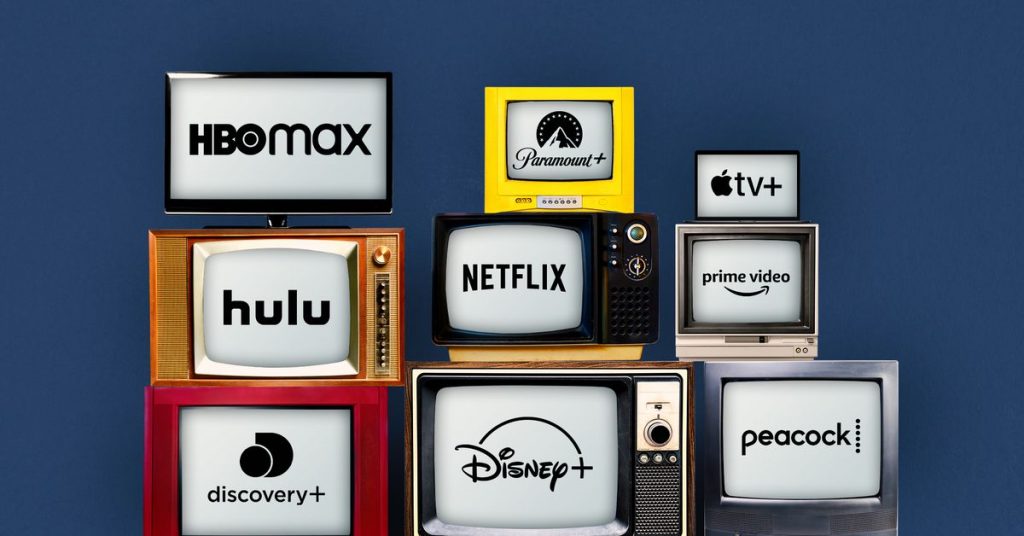Research: 35% US SVoD users set to trim subs
July 18, 2023

Research from Aluma Insights finds 35 per cent of US SVoD customers are spending too much on services such as Netflix and are looking to cut back. This represents a 40 per cent increase over 2022 and threefold that of 2019. Only 5 per cent are interested in spending more on SVoD services, down 38 per cent from 2022.
“That only one-in-twenty SVoD buyers are open to adding a new subscription service is the latest indicator that US demand for such services is largely exhausted,” said Michael Greeson, founder and principal analyst. “This does not mean mature SVoD providers will not add subscribers, only that such additions will be fewer, require more aggressive discounts, and be zero-sum purchases—that is, for every new service added, another must be cancelled.”
While there remain ‘green field’ opportunities for SVoD providers, broadband is available to more than 90 per cent of US households, leaving only 10 per cent or roughly 14 million households to be served. While federal subsidies for build-outs into unserved areas may help bring many of them online, it will be years before deployments are complete. Moreover, there is no guarantee those unserved by broadband will be heavy buyers of streaming video services.
Consumers are increasingly frustrated by ever-greater monthly streaming expenses, and it is only going to get worse, suggest Aluma. With most SVoD providers still bleeding cash, growing subscriptions has taken a backseat to optimising revenue via higher prices, layoffs, and decreased content spending, among other measures. Add to this the ongoing strike of writers and actors, and it is all but certain the quality of content will decline even as prices increase.
On a positive note, inter-network SVoD bundles that combine services from competitive operators and offer subscribers a discount to standalone pricing, are finally attracting the interest they deserve. Intra-network bundles such as Disney’s package of Disney+, Hulu, and ESPN+ have largely run their course will take a back seat to so-called ‘super bundles’ that more closely resemble pay-TV services – not MVPDs per se, but app bundles that borrow several key elements of that model.
“Content owners that have long competed head to head with one another will engage in strategic bundling with competitors,” suggests Greeson. “This is not some ‘kumbaya moment’ for the streaming industry, but a strategic necessity for SVoD operators, much as joining cable TV bundles was for large over-the-air broadcasters more than 50 years ago. It’s about survival in a hyper-competitive marketplace.”
